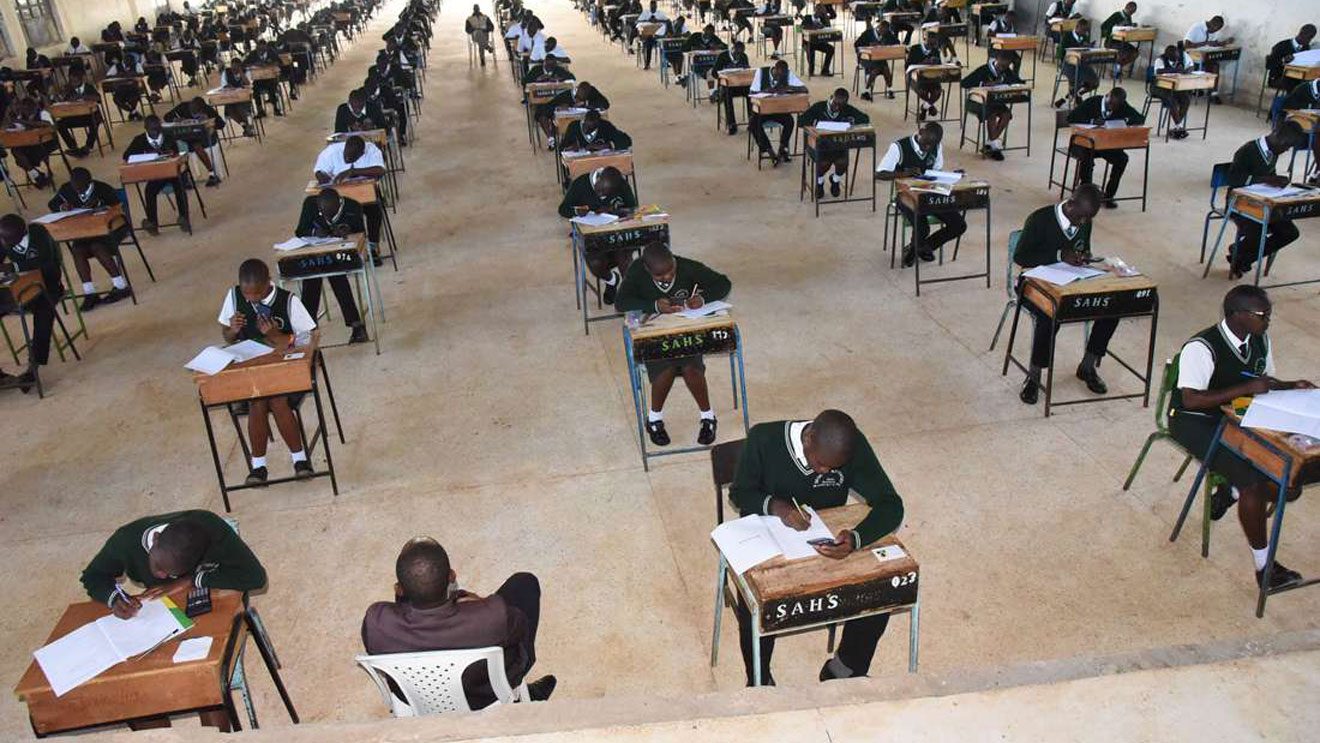

A cursory look at these results suggests that we are making much progress as a nation in bridging the gender gap in access to education.
For a long time, the girls were left behind even on issues as basic as exam registration.
But though the difference is insignificant, it’s much progress that girls are not more in terms of the candidates’ numbers.
Northern counties and other Asal areas are, however, still lagging behind in girl child enlisting for the exams but, again, the differences are nothing to worry about.
On the performance, the pattern seems to mirror what we have always aspired for as a country: to be like the Scandinavian countries.
Traditionally, there has been girls’ domain in terms of subjects and boys’ domain.
Languages are often girls’ subjects and they seem to have done well in them in this test.
The boys have also done as expected in maths and sciences.
I’m encouraged that the boys and girls are getting into each other’s domain in a spirit of competition.
In my view, the difference does not indicate some major normally.
However, fundamentally, I think Kenyans need to be helped to understand the new curriculum we are slowly acceding to.
It must be said with clarity that the curriculum is designed to have two-year pre-basic education, then six years basic education, three years junior school, another three years senior school and then higher education.
This clarity in transition is important because most Kenyans and even some policy shapers seem not to understand it.
The curriculum, as we designed it, is supposed to mirror the ones in Scandinavian countries and should it succeed here, it will give our children and us as a country a huge profile lift in the continent and the world.
The curriculum will afford our children different career and occupation pathways for their growth. I’m also encouraged by the efforts the government is taking in dealing with exam cheating.
Former Commission for University
Education CEO spoke to the Star

















